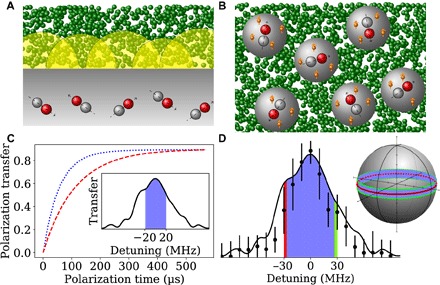Fig. 4. Hyperpolarization applications with NV centers in diamonds.

(A) Illustration of shallow NV polarization setup, where NV centers implanted ~3-nm-deep polarize-diffusing molecules in a solution outside of the diamond and (B) nanodiamonds with randomly oriented NV centers, where the polarization of 13C spins (orange) allows for the usage as MRI contrast agents. (C) Polarization transfer from near-surface NV centers to a bath of 1200 nuclear spin bath, using the same Rabi and Larmor frequency and sequence as in Fig. 2C averaged over NV centers with transition frequencies drawn from a Gaussian distribution with a (2π)20-MHz width. The simulation uses matrix product states (39) and a diffusion coefficient of D = 1.4/2.8 × 10−12m2/s (blue dotted/red dashed curve), resulting in different correlation times and efficiencies. The inset shows that the NV linewidth is well within the working range of the PulsePol protocol [Ω = (2π)50MHz]. More details of the simulation are included in the Supplementary Materials. (D) On the basis of the resilience to detunings |Δ| < (2π)30MHz for a Rabi frequency of Ω = (2π)50MHz, more than 11% of the NV orientations in nanodiamonds (azimuthal angle between 90° ± 6.5°, as shown on the sphere) contribute to polarization transfer.
